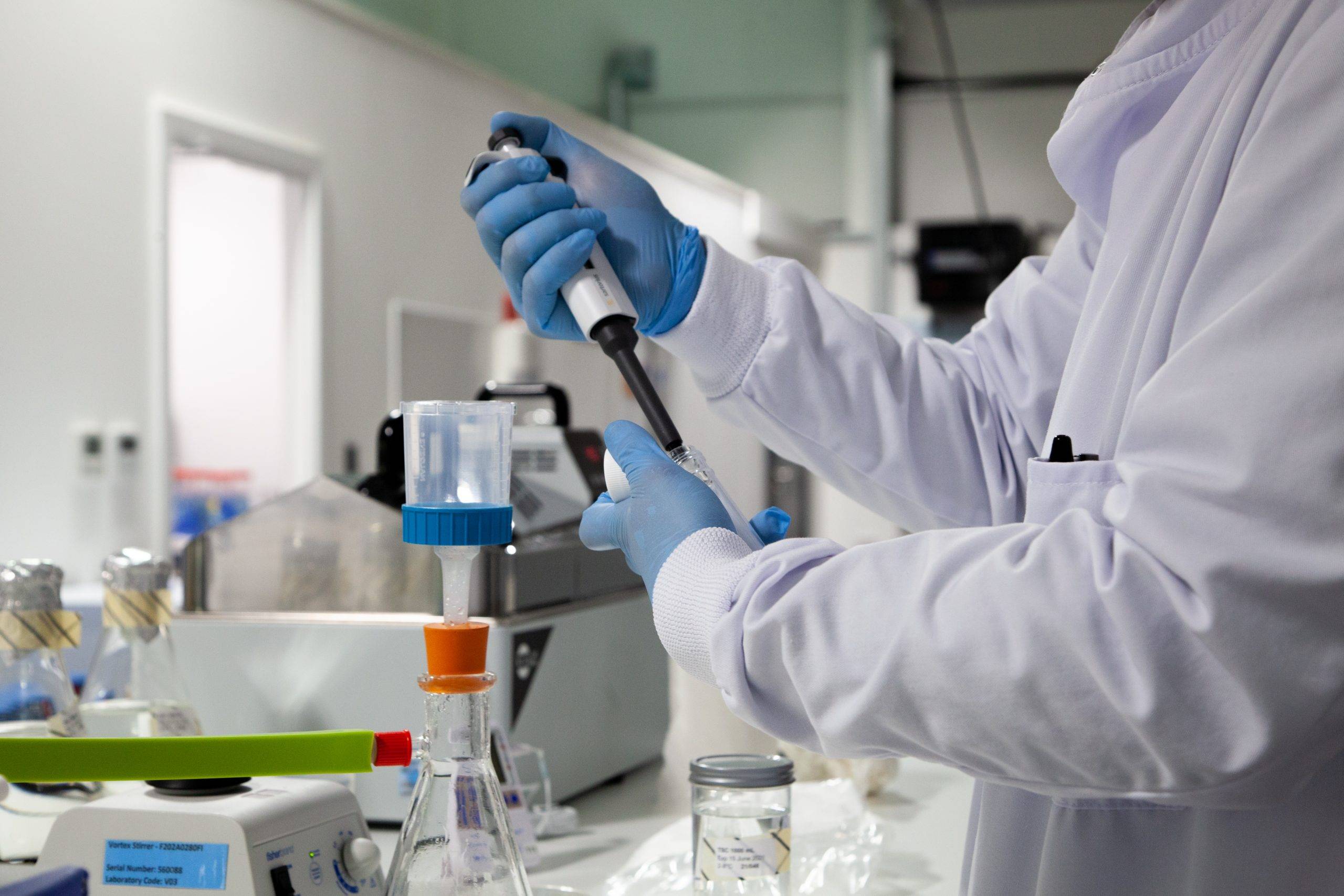
Male & Female Sexual Health
Sexual health is fundamental to the overall health and well-being of individuals, couples and families, and to the social and economic development of communities and countries. Sexual health, when viewed affirmatively, requires a positive and respectful approach to sexuality and sexual relationships, as well as the possibility of having pleasurable and safe sexual experiences, free of coercion, discrimination and violence.
Sexual health-related issues are wide-ranging, and encompass sexual orientation and gender identity, sexual expression, relationships, and pleasure.
Men
More than 30 million men suffer from Erectile Dysfunction (ED) in the US. ED can be caused by hormonal imbalance, poor circulation, certain medications, nerve damage, and/or psychological factors. If you are a male and believe you have ED, find out here for sure. BAM, and other medical professionals utilize the Sexual Health Inventory for Men (SHIM) questionnaire to identify ED. Answer the five questions, and your score will be provided along with an ED severity chart. Your score helps prescribers select the most beneficial medication, its dosage, and amount you’ll need per month. BAM has extensive experience treating ED, and premature ejaculation. Some common recommendations for sexual wellness patients are Cialis, Viagra, exosomes, stem cells, shock wave therapy, Trimix, Quadmix, Dapoxetine, and Bremelanotide.


Women
BAM has helped many frustrated women. They are frustrated personally, and eventually frustrated with their doctor saying, “your labs look good” and/or “it’s just part of the aging process”. Research has found that as many as a third of women in the US suffer from Hypoactive Sexual Desire Disorder (HSDD). Quickly learn if you have HSDD by answering yes or no to six short questions. These are the exact questions doctors are required to ask to diagnose the HSDD. Women who answer yes to three or more of the questions can be formally diagnosed with HSDD, which permits medical professionals to prescribe and recommend possible treatments. Our female patients are very happy. All of them.
Symptoms we manage
Hormones play a crucial role in regulating your body’s functions, including metabolism, growth and development, emotions, mood, sexual function, and sleep. Even a minor fluctuation can significantly affect your body and lead to various symptoms.
The Hormone Therapy Process
BAM utilizes a six-step process for HRT in the following order: Initial Consultation and Assessment, Laboratory Testing, Personalized Treatment Plan, Initiation of Hormone Therapy, Monitoring and Follow Up, and Ongoing Evaluation and Long-Term Management. Please hover your mouse over the steps to the right for a detailed explanation of each.

Personalized Treatment Plan
Explanation: The patient will begin the hormone therapy as prescribed. The healthcare provider will explain how to properly use the prescribed form of hormones, whether it’s applying a cream, taking a pill, or receiving an injection. Instructions on timing, diet, and lifestyle adjustments that may enhance the therapy's effectiveness will also be provided.
Purpose: To establish a baseline of hormone levels and identify any imbalances that need to be addressed.

Laboratory Testing
Explanation: The patient will begin the hormone therapy as prescribed. The healthcare provider will explain how to properly use the prescribed form of hormones, whether it’s applying a cream, taking a pill, or receiving an injection. Instructions on timing, diet, and lifestyle adjustments that may enhance the therapy's effectiveness will also be provided.
Purpose: To establish a baseline of hormone levels and identify any imbalances that need to be addressed.

Initial Consultation & Assessment
Explanation: The patient will begin the hormone therapy as prescribed. The healthcare provider will explain how to properly use the prescribed form of hormones, whether it’s applying a cream, taking a pill, or receiving an injection. Instructions on timing, diet, and lifestyle adjustments that may enhance the therapy's effectiveness will also be provided.
Purpose: To establish a baseline of hormone levels and identify any imbalances that need to be addressed.

Ongoing Evaluation Management
Explanation: The patient will begin the hormone therapy as prescribed. The healthcare provider will explain how to properly use the prescribed form of hormones, whether it’s applying a cream, taking a pill, or receiving an injection. Instructions on timing, diet, and lifestyle adjustments that may enhance the therapy's effectiveness will also be provided.
Purpose: To establish a baseline of hormone levels and identify any imbalances that need to be addressed.

Monitoring and Follow-Up
Explanation: The patient will begin the hormone therapy as prescribed. The healthcare provider will explain how to properly use the prescribed form of hormones, whether it’s applying a cream, taking a pill, or receiving an injection. Instructions on timing, diet, and lifestyle adjustments that may enhance the therapy's effectiveness will also be provided.
Purpose: To establish a baseline of hormone levels and identify any imbalances that need to be addressed.

Initiation of Hormone Therapy
Explanation: The patient will begin the hormone therapy as prescribed. The healthcare provider will explain how to properly use the prescribed form of hormones, whether it’s applying a cream, taking a pill, or receiving an injection. Instructions on timing, diet, and lifestyle adjustments that may enhance the therapy's effectiveness will also be provided.
Purpose: To establish a baseline of hormone levels and identify any imbalances that need to be addressed.
